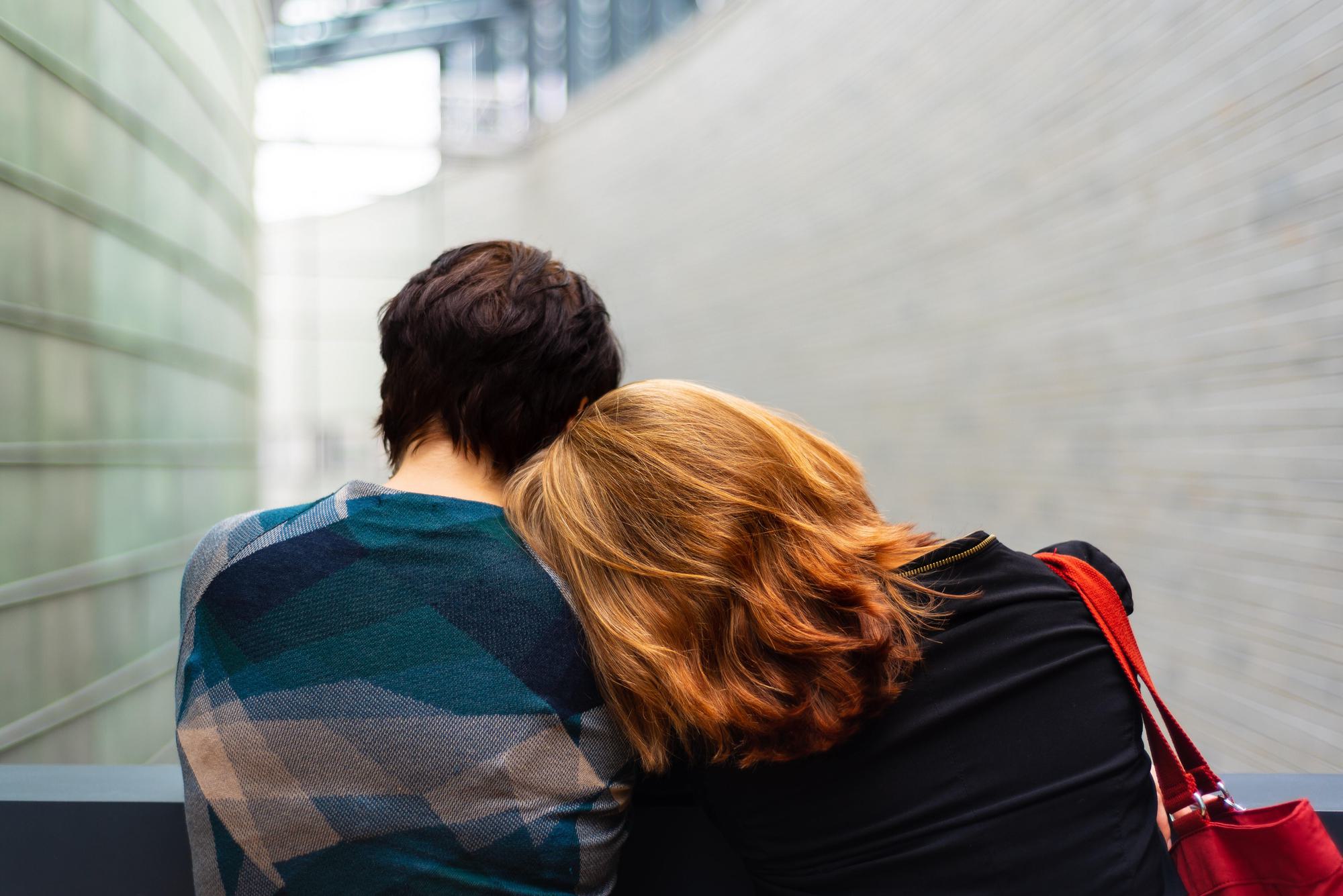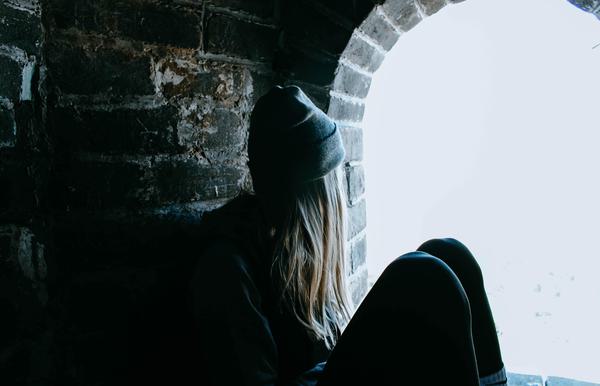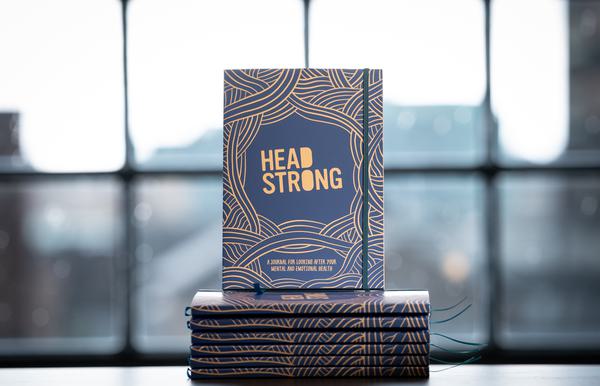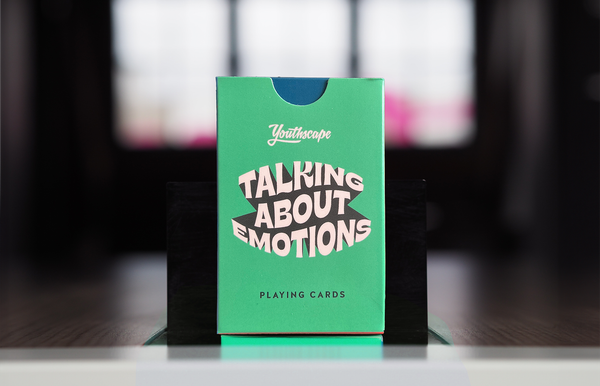Gry Apeland reflects on the impact quarantine could have on our collective mental health, and how we can we prepare.
It might feel impossible to think about the future right now. We are still very much figuring out what youth work looks like in this new world, and we are barely on top of that. In a world where all future events seem to be getting cancelled and we don’t know when we will next be allowed out, how can we plan for anything but the immediate future? How can we possibly make plans for a time beyond coronavirus?
I recently read an interesting piece of research that got me thinking about the future. Published at the end of February, it was something called a rapid evidence assessment – a non-comprehensive dive into the evidence that is already out there on a specific topic. The article had collated 24 studies looking at the psychological impact of quarantine. It focuses on individuals who had been quarantined as a result of pandemics such as SARS, Ebola and both strains of the H1N1 influenza, and gives us an interesting insight into what might lie ahead for us, maybe even giving us an opportunity to prepare.
Here are a few of the findings that really stood out to me.
- Generally, a large proportion of people who had been quarantined showed some symptoms of psychological distress and disorder afterwards.
- In one study of hospital workers, having been quarantined was the biggest predictor of acute stress disorder – a disorder commonly found in individuals who have just gone through a traumatic experience. In another study, quarantine was still the biggest predictor for post-traumatic stress disorder in hospital employees three years after the experience.
- In a North American study, children who had been quarantined because of H1N1 or SARS experienced four times more post-traumatic stress symptoms than those who were not quarantined.
- Longer durations of quarantine seemed to be a predictor of poorer mental health in some studies.
- In the first few weeks after the quarantine ended, 54% of people who had been quarantined because of SARS in Canada avoided people who were coughing or sneezing, 26% avoided crowded enclosed places, and 21% avoided all public spaces. Some felt unable to return to normality for months.
- Some evidence suggested that quarantine support groups made up of individuals in quarantine could be helpful.

The review didn’t find any conclusive evidence about which groups might be more negatively affected by quarantine but does point out a high prevalence of psychological distress in quarantined healthcare workers and says that “…it is likely that people with pre-existing poor mental health would need extra support during quarantine”.
It is tempting to look ahead at the end of quarantine with rose-tinted glasses. To think about how we will all stream out of our houses to street parties, hugging our friends and families for the first time, maybe throw a huge “Quarant-end” (see what I did there?) party with our youth group. But in reality, that might not be what it looks like.
What we might need to prepare for instead is to walk slowly with our young people, as we take the first feeble steps together back into what we used to call ‘normal’.
If we are to believe the research, the likelihood is that the trauma we are collectively experiencing now will leave a mark. It will leave a mark on us, and it will leave a mark on the young people we work with. Some of them with poor mental health are probably going to struggle more. We are likely to face months of a new reality where large gatherings and a display of symptoms comes to mean danger to us. So, rushing back into those environments as soon as the government declares that the coast is clear might not be psychologically possible.
What we might need to prepare for instead is to walk slowly with our young people, as we take the first feeble steps together back into what we used to call ‘normal’. Does a group of 20 feel scary? Let’s start with five. Some of us could come out with long-lasting psychological symptoms – let’s have patience for each other. Let’s create a space for young people where it is safe to process this experience, even long after it is over.
With such a collective experience of distress, we might find ourselves in a new mental health crisis (as if we didn’t experience that already!). Are there practical ways we as the Church can take some of the load in the likelihood that CAMHS or mental health services are overwhelmed? Is there training we can get now whilst in quarantine that can prepare us for what might come?
We cannot change the situation we are in. Staying inside and following government guidance is still the best way forward. And who knows, the end result might be better than anticipated. But let’s get ahead of the game and prepare for an unknown future, even if all we can do is to be aware of what might come for the young people we work with – and let’s be honest – for ourselves.
You can read the full research at The Lancet here.









